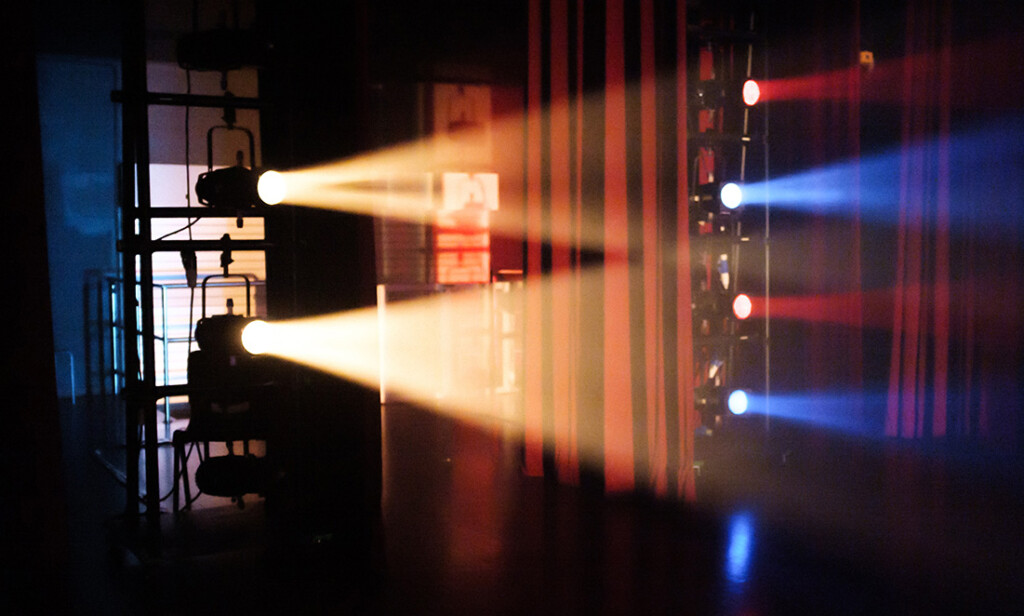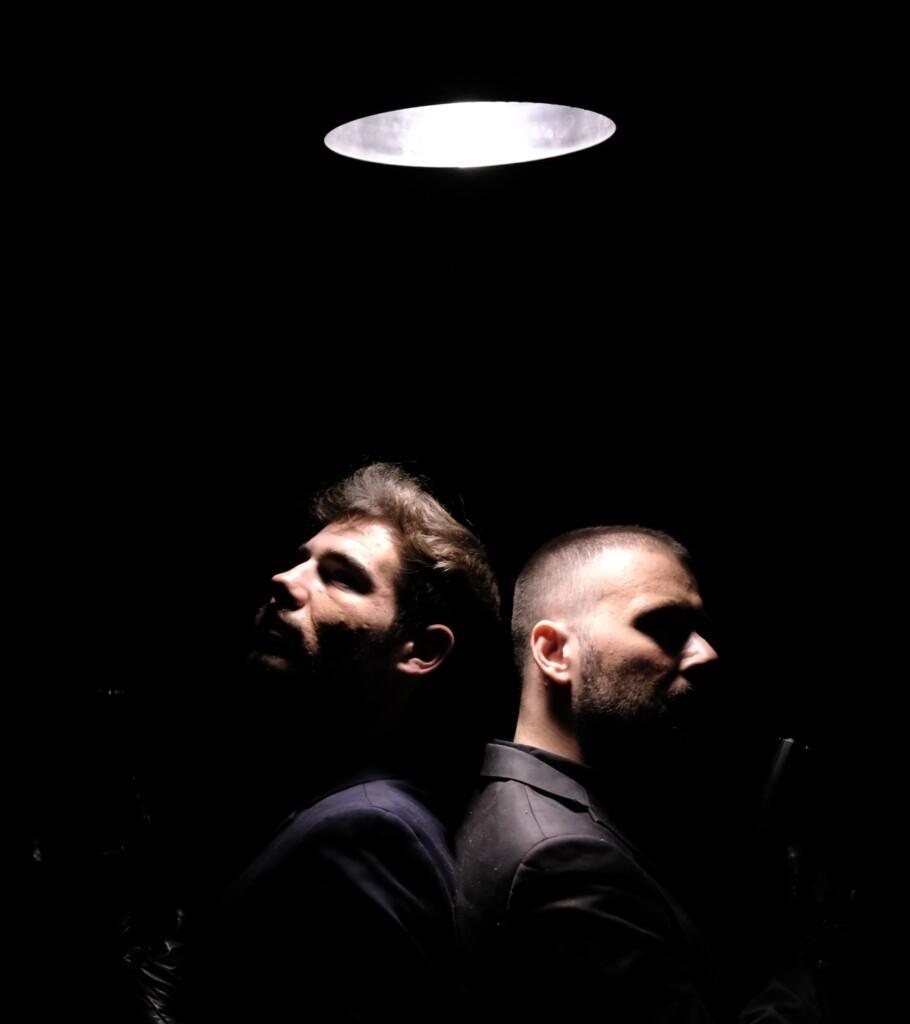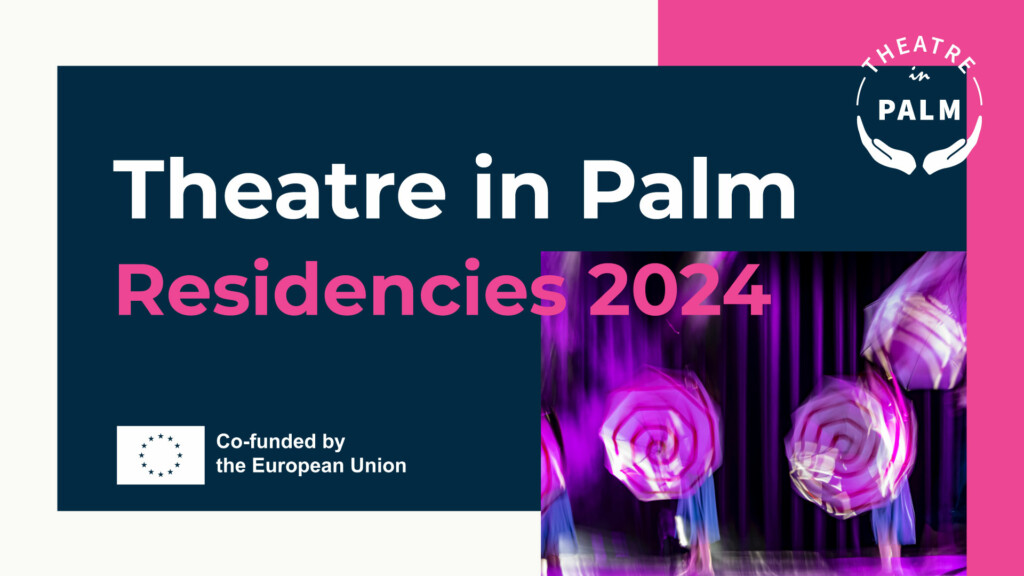Exploring Performative Intimacies in a TIP workshop

A Case Study report by Suresh Nampuri
In early 2023, in the frigid extremities of a February ready to give way to the merriments of March, a group of artists met in a greenhouse in Lisbon as part of the preparation for a dedicated digital residency under an EU funded Theatre in Palm project which aimed to connect artists in multiple countries (12) working in simultaneous residencies to collaborate pairwise on the climate crisis and stories thereof. As they sat in a circle for the first day orientation prep, there was an air of expectant amusement- the idea was to develop a series of exercises that could showcase what our climate meant to us in a meaningful way. Meaning in this case meant inhabiting a character- but what did character have to do with climate?
Theatre is a Dionysian medium that at its most incisive talks to and in the inner dream languages within us. It is archetypes that meet primordial unconsciousness, form hieroglyphs that glow like sigils for a moment and wink off into the unformed tendrils of the mind. Climate change as a problem is however a rational logical construct, not something immediately tangible to most of us in our daily life and is in fact a reasoned out cause and effect matrix that bears the stamp of Apollonian logic in its sinews. The art of telling a story about humans in a fast decaying climate is the science of garbing Dionysian bodies in Apollonian garb or vice versa. And so the crucial challenge lay in the act of embodying a rational idea. How does one multi-sensorially feel logic? The answer as always in theatre is to ask whose story is it-
The human race has always and reflexively adopted the notion of an etic/emic duality when telling stories of who we are, where we come from and where we would be going. All stories evolve from a desire to enhance and add to our bag of survival tool kits which contain various scenarios real and imagined and strategies to ensure successful traversal across them.
Consequently, we have a protagonist whom we track across the terrain (literal and/or metaphorical) of their gauntlet run through which their character evolves in frequent contact with antagonists representing the external environment with each interaction shining light into the inner eye of the character. There is an inherent anthropocentricity in these tales with the protagonists displaying an emic inner process through animated humanoid exterior ululations in response to an etically felt environment.
However eco-theatre, the crafting of human stories of the environments needed the senses to convey climate change as the driving engine of the story. Every story contains a singular change- that of the character of the protagonist and so as a matter of logical inevitability we decided to choose the environment to be the protagonist manifesting itself through human agents.
As a test case, we asked artists to pick multiple scenarios for one simple scene- a first date between 2 people. Each scenario was characterised by a unique climate template (tropical, temperature, polar, stormy etc.) and the idea was to enact the dating scene as a semi improvised action in each environment and explore the emotional texture and tonalities that change in different environments. The artists chosen were from various backgrounds and home countries, ranging from tropical mediterranean climes (Greece or Cyprus) to northern freezers (Scandinavian climes) and were about to embody these scenes with the imagined sense memories of their home countries.
In each scenario, we tuned up the chosen environment from mild to extreme over a series of improvised sequences, and explored the emotional texture of the scene in each imagined environmental setting.
The results were intrinsically decisive.
In frigid environments, the artists in the north set the dating scene indoors in a warm cafe with the hubbub of people around them to give them a sense of psychological warmth. As the scene progressed, the actors were allowed to choose whether the date ended up going well or disastrously. In the former case, they leaned into each other across the table, sensing and grasping the bodily warmth of the other, the warmth of the smiles bouncing off the sharp clear coldness just beyond the window panes, while in the mediterranean (Greece and Cyprus), the same positive outcome manifested in a relaxation- a sense of companionable languor creeping into the balmy outdoor seaside setting they had chosen in, as the satisfied couple leant back in their chairs enjoying the cool wind carry off their pleasurable sweat. The same emotion of rising pleasure and mutual rapport now became one of a smooth silent sharing of the elements. Positive emotions in raging hot environments are geared towards a pleasant anticipation of coolness, the luxury of a slow decadence, and the highest pleasure of congenial sharing of the elements such as a cool breeze, with a companion. In frigid environments, body heat is at a premium, and the first sign of companionship and ensuing positive emotions is reaching out to partake of and offer warmth to the other. Roiling heat can sap a body’s resources and the emotions displayed consequently are pickled, seasoned states of mind and body, preferring low key manifestations in daylight where body temperature is maintained better by sitting down than by manual labour, and consequently, the pulse of the emotion as it traverses and activates various muscles is dulled- in the daytime- a state of affairs that changes rapidly through twilight and its relieving cool, that releases unspent emotive energies and exuberances, especially in open outdoor surroundings where a shout or scream can be drowned out by the sea waves or a local gust, and a change in the atmosphere is equally felt and shared. This is in sharp contrast with the languages of intimacy and bonhomie experienced in cold environments, where a certain amount of physical activity is almost de rigueur for maintaining body temperature- Consequently, even though a lot of the body’s resources are dedicated to simply maintaining muscle tone and body temperature, the kinetic rhythm of physicality governs that of emotions.
Analysis:
The elements are essentially environments you have to imprint your presence on to just survive, and manifest emotions become a luxury- a minimalism of gesture with high impact silences allowing the processing of condensed expressions invites dense readings of the other’s body languages and consequently, there is a shared interiority not mediated by the elements that characterises the forming of human connections. The flutter of a heartbeat from the thrill of a new possibility is easily manifest in open-ended muscular release or a close-fisted secret inner shimmer that escapes through the eyes. The verbiage and wordplay that underpin conversational minuets between humans are a direct consequence of the way emotional alphabets are expressed in a given culture on the canvas of the body and the character of environmental space in which the bodies move- the fluttering of the eyelashes as opposed to a full blown high wattage smile, the unstinting eye contact in wide open spaces that would be searing in closed rooms, are all eco-specific dialects of the universal language of intimacy and emotion. Performative arts such as theatre keep alive this rich diversity and in an incisive sense, are essentially the story of our environments speaking in the alphabet of our emotions on the landscape of the body. The world is coded in the body of the performer.
At the end of the imagined exercises, one of the artists got up from the chair he had been perched on during the whole date, and smiled, a free frizzy grin of release, walked out into the sultry afternoon sunshine, the sun-dappled light playing a warm komorebi pattern on his face and said, ‘Best damn date I ‘ve been on, man!’



